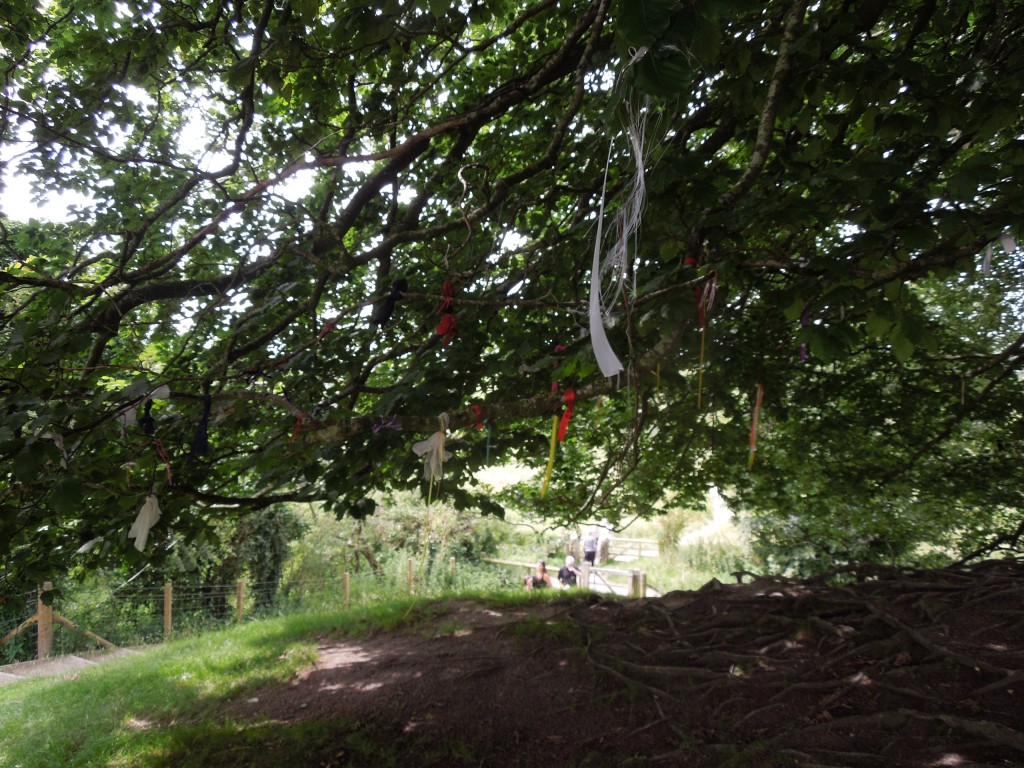
Britain and Japan lie on opposite sides of the world, yet the similarities between them have been often noted. They are both island nations close to a continental mainland, from which they derived their cultural trappings. Both have maintained an aloofness from the continent, and a sense of separateness has gone along with a sense of specialness.
Both countries boast temperate climates, which has fostered a bond with nature, and in both cases the people are associated with phlegmatic reserve and polite distancing. Both have an imperial past, both retain a monarch, and both are noted for their love of ritual and hierarchy. Perhaps because of the insularity, the two countries developed distinctive cultures, marked by a love of tea ritual and garden design. Britain boasted the gentleman; Japan fostered the samurai and the geisha.
The commonalities struck nineteenth-century commentators, such as W.E. Griffis who noted too similarities in terms of recorded history:
In Albion, as in Japan, there are traditions and mythologies that project their shadows aeons back of genuine records; but if we consider that English history begins in the fifth, and English literature in the eighth century, then there are other reasons besides those commonly given for calling Japan ‘the England of the East’.[1]
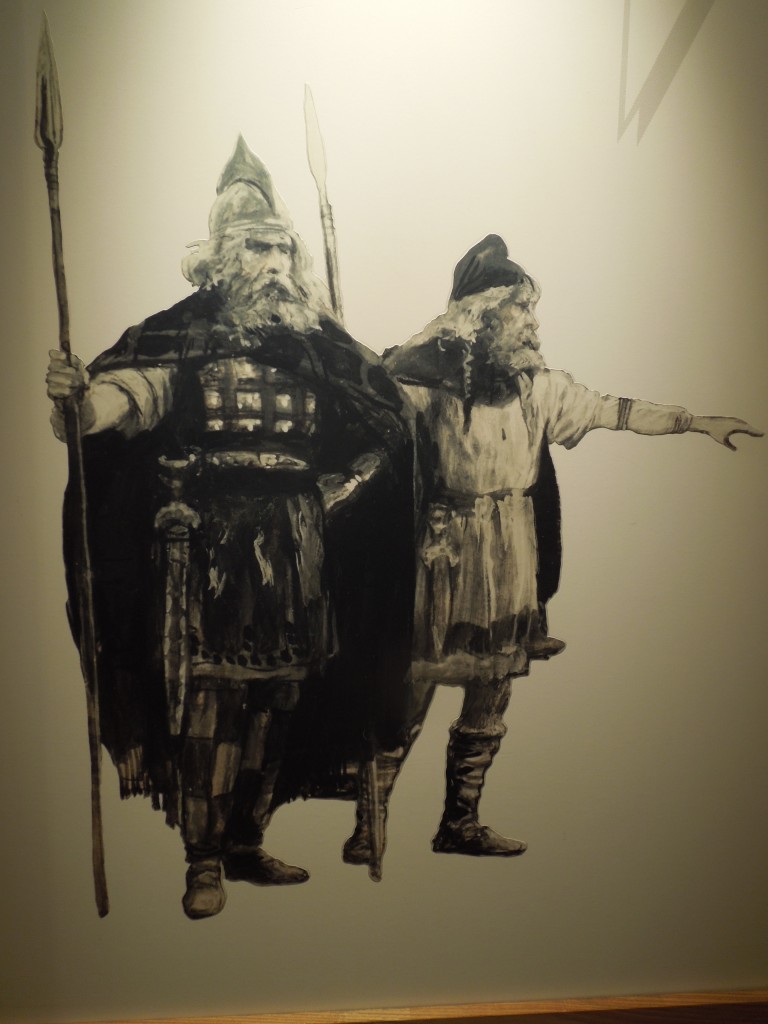
Dwellers in the Glastonbury lake village in a pre-Christian era
In religious terms too the countries have much in common, though this has been overlooked by commentators keen to emphasise the obvious differences. It is striking, for example, that both countries adopted axial religions from the continent at around the same time. Buddhism came to Japan in 538 (or 552 – the date is disputed) as a gift from a king of Paekche, anxious to win support of the Yamato court against possible invasion. Christianity came to England in 597 in the person of Augustine of Canterbury, whose conversion of King Aethelbert of Kent established a close alliance with the ruling class. (Christianity had in fact been introduced earlier under the Romans, but when the country was overrun by polytheistic Anglo-Saxons in the fifth century, the Roman religion was marginalised to the Celtic fringes.)
Because of the lack of documentation, much of the religious practice carried out in ancient times before the arrival of Buddhism and Christianity has had to be surmised from archaeological remains. As elsewhere in the world, it’s supposed that beliefs formed around animist and ancestral spirits, accessed by shamans. Certainly something along these lines appears to have happened in Japan, with scholars disputing which came first: ancestral or animist spirits. For Lafcadio Hearn in Japan: An Interpretation (1904) there was little doubt, and his book argues that Japanese culture as a whole is best understood in the light of an underlying ancestor worship. Even after a hundred years the book remains in print and remains persuasive.
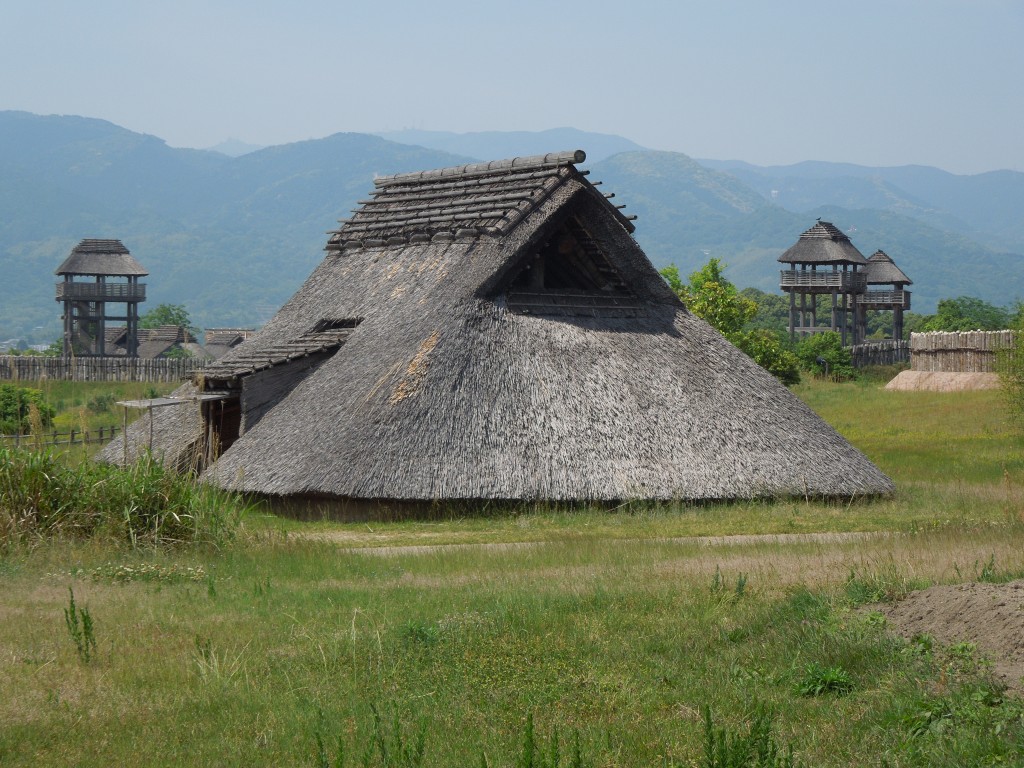
Yayoi housing settlement
It’s generally supposed that modern Shinto has its roots in the Yayoi Period (300BC-250AD), when immigrant waves brought with them advanced wet-rice agricultural methods. How far this marked a break from previous practice is a matter of dispute, and in The Masks of God (1959) Joseph Campbell claims that the ancient hunter-gatherer beliefs of the Jomon Period were absorbed rather than rejected by the incomers. ‘Culturally the blend from these [Jomon rites] to the more primitive aspects of Japanese Shinto is very smooth,’ he asserts. The next passage is instructive, since it makes a connection between the wave of immigrants into Japan in early Yayoi times with the Celtic wave of immigration into Britain around 250 BC.
The source of both peoples was Northeast and North-Central Asia – a zone from which numerous entries into North America were also launched. And since continuous contributions from the same North Asiatic circumpolar sphere likewise flowed into Northern Europe, astonishing affinities turn up throughout the native lore of Japan, touching fields of myth as widely separated as Ireland, Kamchatka, and the Canadian Northeast.
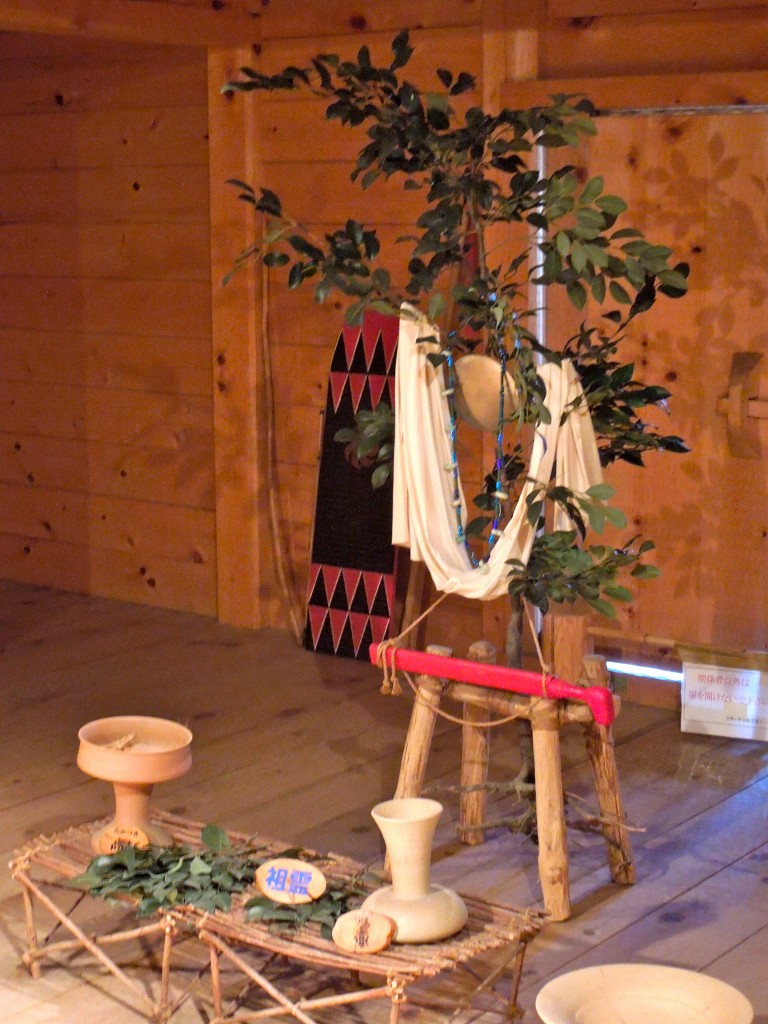
Recreation of a Yayoi altar
Joseph Campbell’s thesis has not won many supporters in modern times, and there is a tendency among scholars nowadays to suppose that nothing identifiable as ‘Shinto’ can be found before the arrival of Buddhism, which made Japanese think for the first time about their own practices. The first usage of the term comes in the Nihon shoki (720), though the meaning has been disputed by Mark Teeuwen who claims the kanji were pronounced jindo and referred to a branch of Buddhism (Kuroda Toshio thinks it was rather a reference to a Japanese form of Daoism, taken from the Chinese shendao).
Nonetheless, whatever might have been meant by the word ‘Shinto’, it is clear that in ancient times there was a variety of localised practice based on fertility rites, shamanism, agricultural rites and the worship of kami. Moreover, what we today consider by the term Shinto had its roots in the cultivation of wet-rice farming, which was introduced from the mainland in Yayoi times (300 BC-250 AD).
This new style of agriculture was accompanied by continental beliefs and customs based around the seasonal cycle, as well as cultural innovations such as advanced weaving, metalworking and pottery techniques. These were brought in by successive waves of immigrants who changed the racial composition of the country. ‘DNA tests have confirmed the likelihood of this hypothesis. About 54% of paternal lineages and 66% of the maternal lineages have been identified as being of Sino-Korean origin,’ says a website on Japanese Culture, History and Religion.
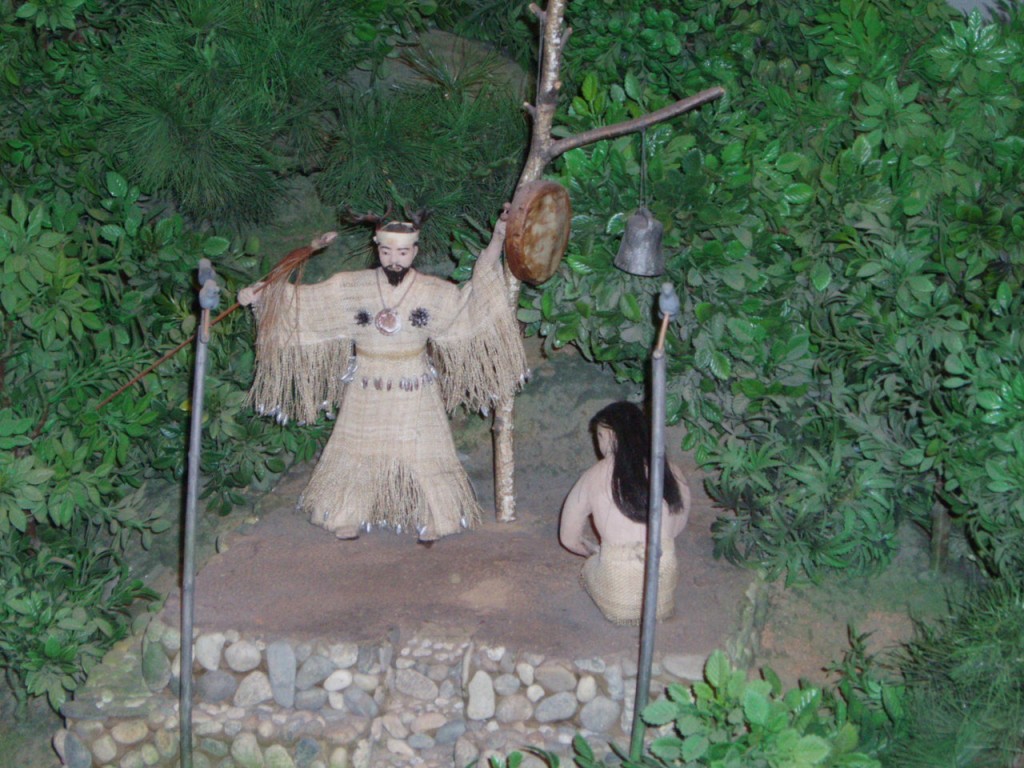
Model of an ancient Korean shaman – did Korean immigrants long ago bring their religion with them into Japan?

This is a lucky find to come upon while breaking into the concept Shinto – Celtic similarities in reverence to nature and the forces of connection between nature reliant humans and social structures dependent on rituals to guide and keepsake a healthy connection.
It’s a fabulous theme to investigate with an open mind without pulling too many conclusions together at first impulse. It deserves taking time and allowing intuitive, experiential, cultural influences to draw lines of connection to weave broader links upon.